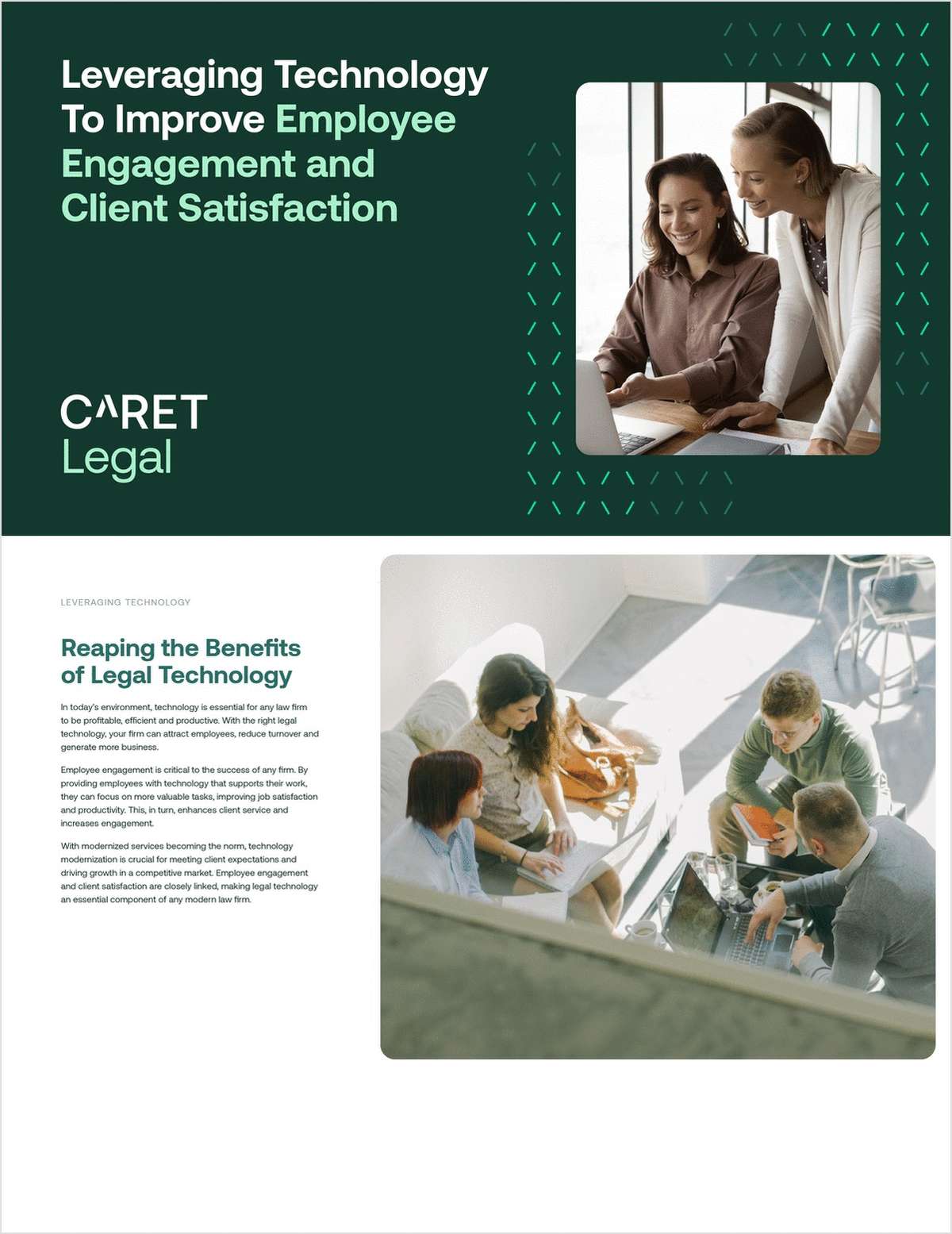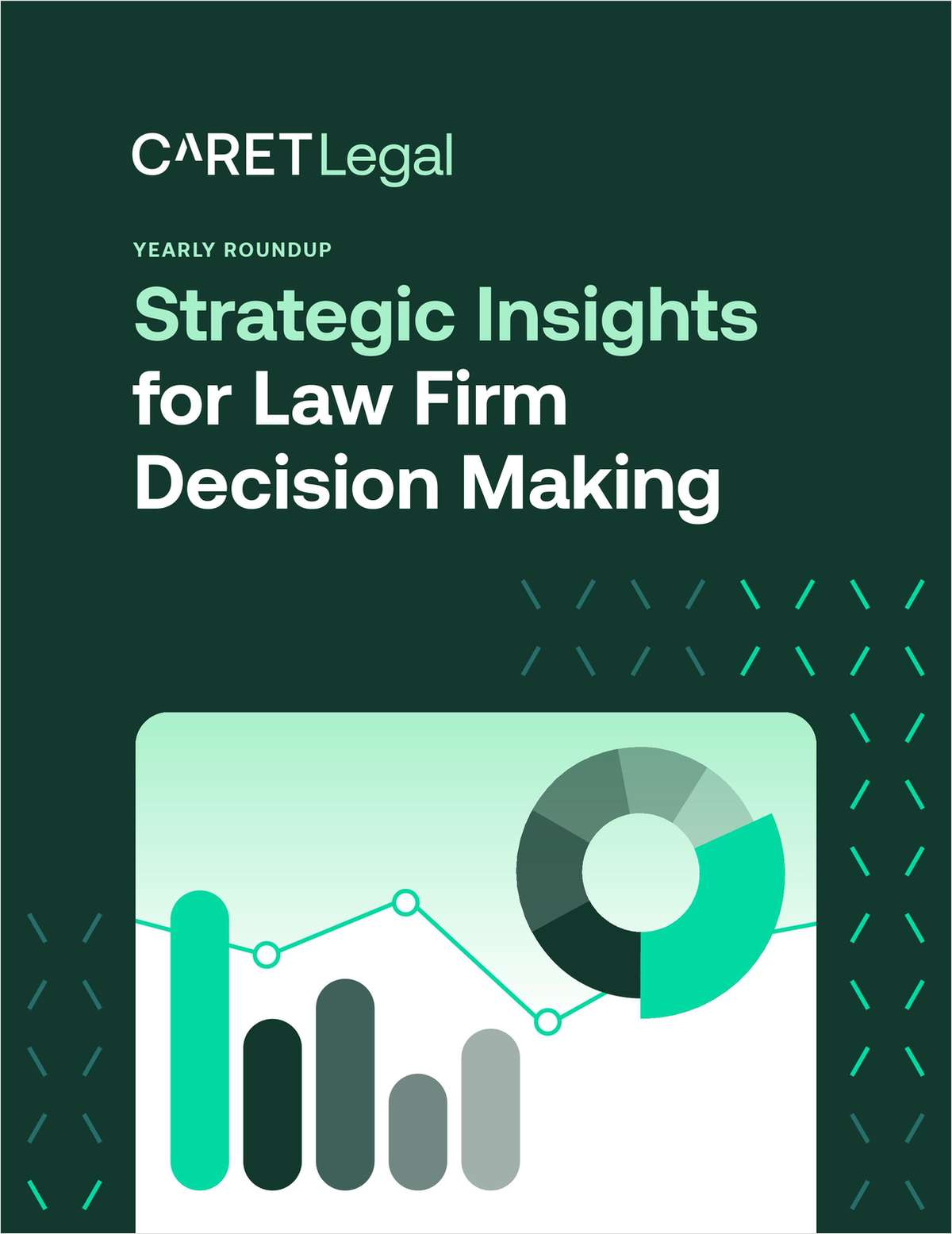NY Gun Regulation Appears in Jeopardy With SCOTUS' Conservative Majority
"Why do you have to convince somebody you're entitled to exercise your Second Amendment right?" Chief Justice John Roberts Jr. asked during oral arguments.
November 03, 2021 at 03:15 PM
6 minute read
 Second Amendment rights supporters in front of the Supreme Court, after the court struck down the D.C. handgun ban, June 26, 2008. Photo by Diego M. Radzinschi/ALM.
Second Amendment rights supporters in front of the Supreme Court, after the court struck down the D.C. handgun ban, June 26, 2008. Photo by Diego M. Radzinschi/ALM.
Thirteen years ago, the U.S. Supreme Court divided over the meaning of the right protected by the Second Amendment. On Wednesday, the justices appeared divided again, this time over how much discretion a state should have to regulate that constitutional right.
The history and tradition of gun regulation from early England to current days were read differently by lawyers challenging and supporting New York's law that requires persons to show "proper cause" for a license to carry a concealed firearm outside the home for self-defense.
"The question is how to use history," Justice Elena Kagan said. "Where do you look? How far do you look and with what sense of flexibility do you look? We're not going to ask for exact analogues because we realize the world has changed. If we try to copy history, we would find ourselves in a world where we tell people they can't carry concealed guns; they only carry it openly."
To Justice Stephen Breyer, "It is law office history." One historian in an amicus brief says one thing, he explained, another historian says another thing. "I don't know. I'm not sure how to deal with the history."
Besides competing versions of history, the justices also probed the boundaries of gun regulation, for example, in sensitive places, in rural versus urban areas, and in comparison with regulation of other constitutional rights, such as the First Amendment.
The court heard two hours of arguments in New York State Rifle & Pistol Association v. Bruen. Kirkland & Ellis partner Paul Clement argued on behalf of the association and two New York men denied unrestricted concealed carry licenses. New York Solicitor General Barbara Underwood represented the state and shared argument time with Principal Deputy U.S. Solicitor General Brian Fletcher.
Here are some key takeaways:
Discretion of Permitting Officials
Justice Brett Kavanaugh said the challengers' main problem with the New York law seemed to be the discretion afforded local officials who decide whether to issue the concealed carry permit, "and that's not how we do constitutional rights." Would they object to the "shall issue" regimes used in many of the other 42 states?
Clement answered, "We want what they have." He added the problem with the New York law is not just permitting officials' discretion but the law's requirement that an applicant show an atypical need for the permit distinguished from the general community.
But Underwood later told Kavanaugh, "The problem with 'shall' regimes is they multiply the number of firearms in very densely populated places. They greatly proliferate the likelihood mistakes will be made and fights will break out."
Kavanaugh rejoined, "I don't see any real evidence of that." Underwood replied, "This law has been in place for over a hundred years. I believe there is evidence about the success New York has had in keeping gun violence down attributable to the reduced number of guns."
Sensitive Places
Chief Justice John Roberts Jr. asked Clement from what places could guns be excluded. "Any place alcohol is served?" Roberts asked. Clement said the correct analysis would be to look case by case and to the 2008 Second Amendment decision in District of Columbia v. Heller, which referred to government buildings and schools. "Any place that served alcohol would be a tougher case for the government," Clement said.
Roberts added, "What about a football stadium?" Clement said to look for a historical analogue and whether the place operates like a government building or school and guns are out of place.
Kagan picked up that line of questioning, asking, "What about New York City subways?" Clement said to start with the analysis, but Kagan interrupted, saying, "I get the analysis. How does it cash out? What does it mean? Anyone can walk around the NYU campus or Columbia campus. You can't say, 'There are 50,00 people in one place, a ballpark, all on top of we each other and we don't want guns there?'" Clement answered, "I think they might."
Kagan continued, "Suppose the state says no guns at a protest or event with more than 10,000 people?" Clement said, "That might be trickier."
This content has been archived. It is available through our partners, LexisNexis® and Bloomberg Law.
To view this content, please continue to their sites.
Not a Lexis Subscriber?
Subscribe Now
Not a Bloomberg Law Subscriber?
Subscribe Now
NOT FOR REPRINT
© 2025 ALM Global, LLC, All Rights Reserved. Request academic re-use from www.copyright.com. All other uses, submit a request to [email protected]. For more information visit Asset & Logo Licensing.
You Might Like
View All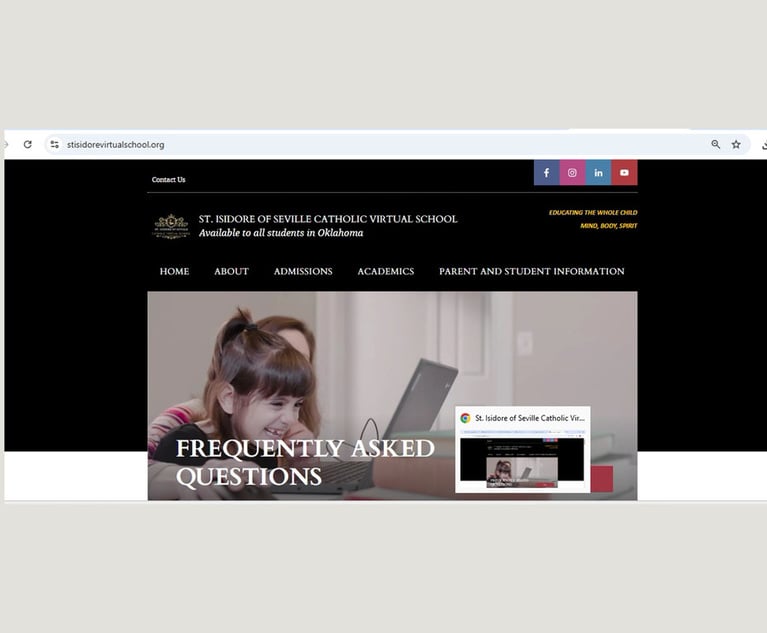
What’s at Stake in Supreme Court Case Over Religious Charter School?
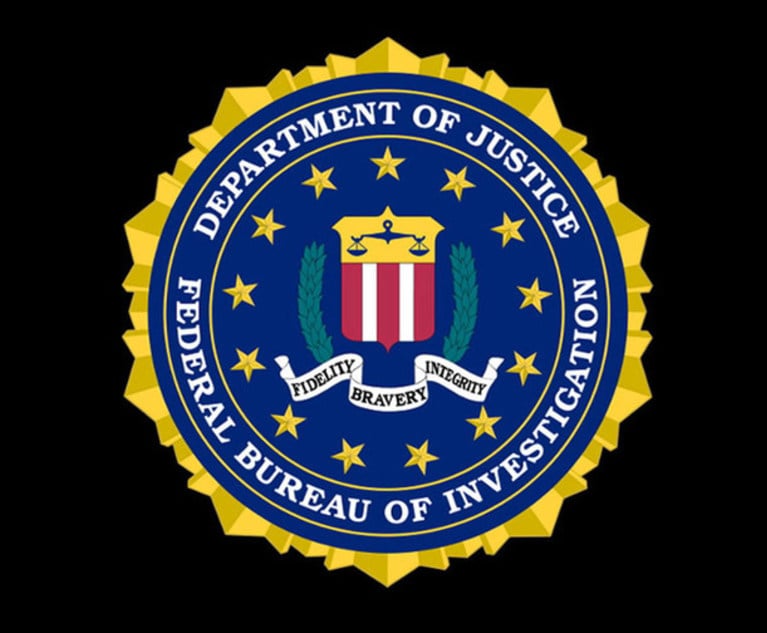
Supreme Court Agrees to Hear Lawsuit Over FBI Raid at Wrong House
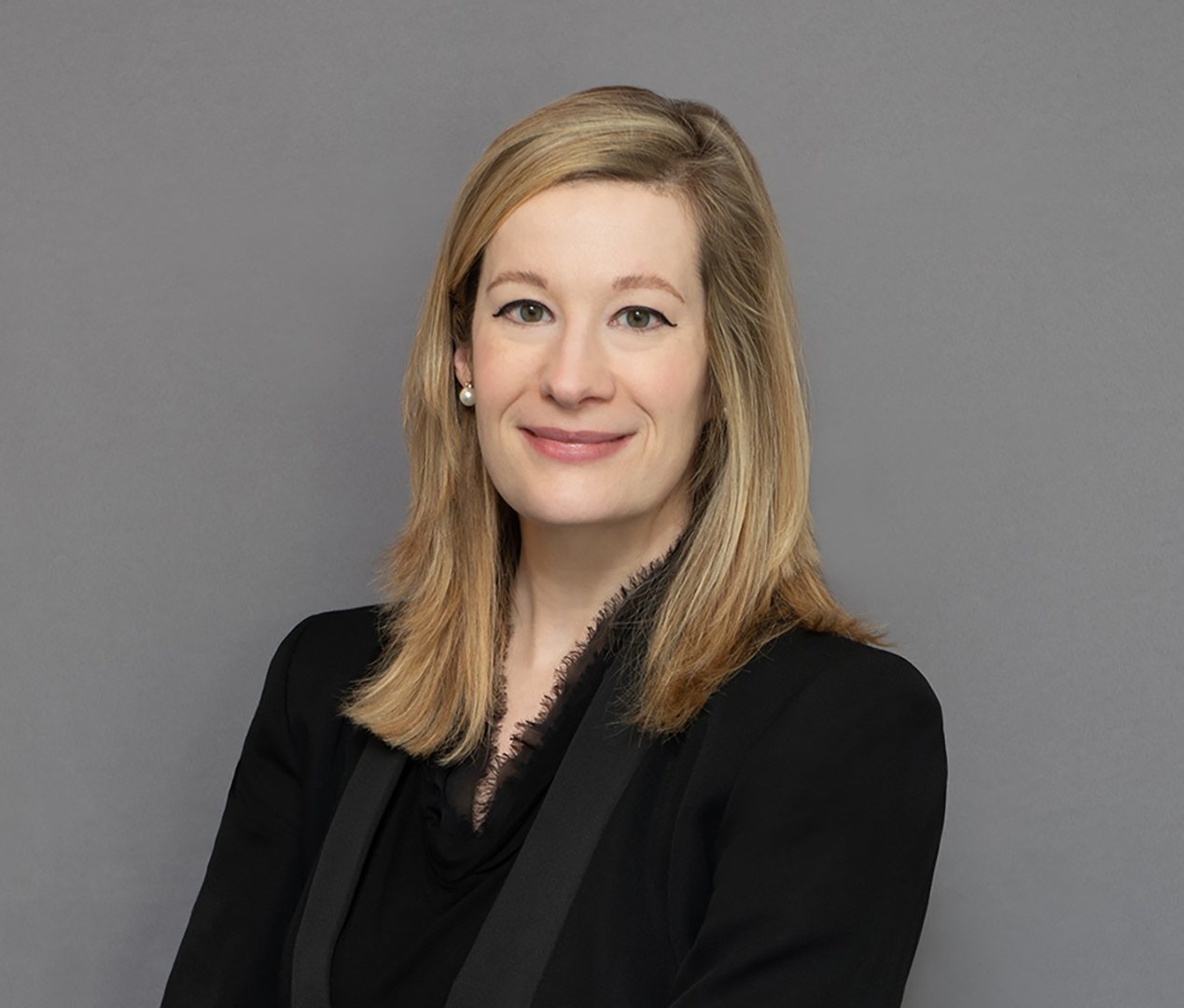
Trump Seeks Pause of Supreme Court Cases, Disavows DOJ Stance on Voting Rights Act
Law Firms Mentioned
Trending Stories
- 1Uber Files RICO Suit Against Plaintiff-Side Firms Alleging Fraudulent Injury Claims
- 2The Law Firm Disrupted: Scrutinizing the Elephant More Than the Mouse
- 3Inherent Diminished Value Damages Unavailable to 3rd-Party Claimants, Court Says
- 4Pa. Defense Firm Sued by Client Over Ex-Eagles Player's $43.5M Med Mal Win
- 5Losses Mount at Morris Manning, but Departing Ex-Chair Stays Bullish About His Old Firm's Future
Who Got The Work
J. Brugh Lower of Gibbons has entered an appearance for industrial equipment supplier Devco Corporation in a pending trademark infringement lawsuit. The suit, accusing the defendant of selling knock-off Graco products, was filed Dec. 18 in New Jersey District Court by Rivkin Radler on behalf of Graco Inc. and Graco Minnesota. The case, assigned to U.S. District Judge Zahid N. Quraishi, is 3:24-cv-11294, Graco Inc. et al v. Devco Corporation.
Who Got The Work
Rebecca Maller-Stein and Kent A. Yalowitz of Arnold & Porter Kaye Scholer have entered their appearances for Hanaco Venture Capital and its executives, Lior Prosor and David Frankel, in a pending securities lawsuit. The action, filed on Dec. 24 in New York Southern District Court by Zell, Aron & Co. on behalf of Goldeneye Advisors, accuses the defendants of negligently and fraudulently managing the plaintiff's $1 million investment. The case, assigned to U.S. District Judge Vernon S. Broderick, is 1:24-cv-09918, Goldeneye Advisors, LLC v. Hanaco Venture Capital, Ltd. et al.
Who Got The Work
Attorneys from A&O Shearman has stepped in as defense counsel for Toronto-Dominion Bank and other defendants in a pending securities class action. The suit, filed Dec. 11 in New York Southern District Court by Bleichmar Fonti & Auld, accuses the defendants of concealing the bank's 'pervasive' deficiencies in regards to its compliance with the Bank Secrecy Act and the quality of its anti-money laundering controls. The case, assigned to U.S. District Judge Arun Subramanian, is 1:24-cv-09445, Gonzalez v. The Toronto-Dominion Bank et al.
Who Got The Work
Crown Castle International, a Pennsylvania company providing shared communications infrastructure, has turned to Luke D. Wolf of Gordon Rees Scully Mansukhani to fend off a pending breach-of-contract lawsuit. The court action, filed Nov. 25 in Michigan Eastern District Court by Hooper Hathaway PC on behalf of The Town Residences LLC, accuses Crown Castle of failing to transfer approximately $30,000 in utility payments from T-Mobile in breach of a roof-top lease and assignment agreement. The case, assigned to U.S. District Judge Susan K. Declercq, is 2:24-cv-13131, The Town Residences LLC v. T-Mobile US, Inc. et al.
Who Got The Work
Wilfred P. Coronato and Daniel M. Schwartz of McCarter & English have stepped in as defense counsel to Electrolux Home Products Inc. in a pending product liability lawsuit. The court action, filed Nov. 26 in New York Eastern District Court by Poulos Lopiccolo PC and Nagel Rice LLP on behalf of David Stern, alleges that the defendant's refrigerators’ drawers and shelving repeatedly break and fall apart within months after purchase. The case, assigned to U.S. District Judge Joan M. Azrack, is 2:24-cv-08204, Stern v. Electrolux Home Products, Inc.
Featured Firms
Law Offices of Gary Martin Hays & Associates, P.C.
(470) 294-1674
Law Offices of Mark E. Salomone
(857) 444-6468
Smith & Hassler
(713) 739-1250








